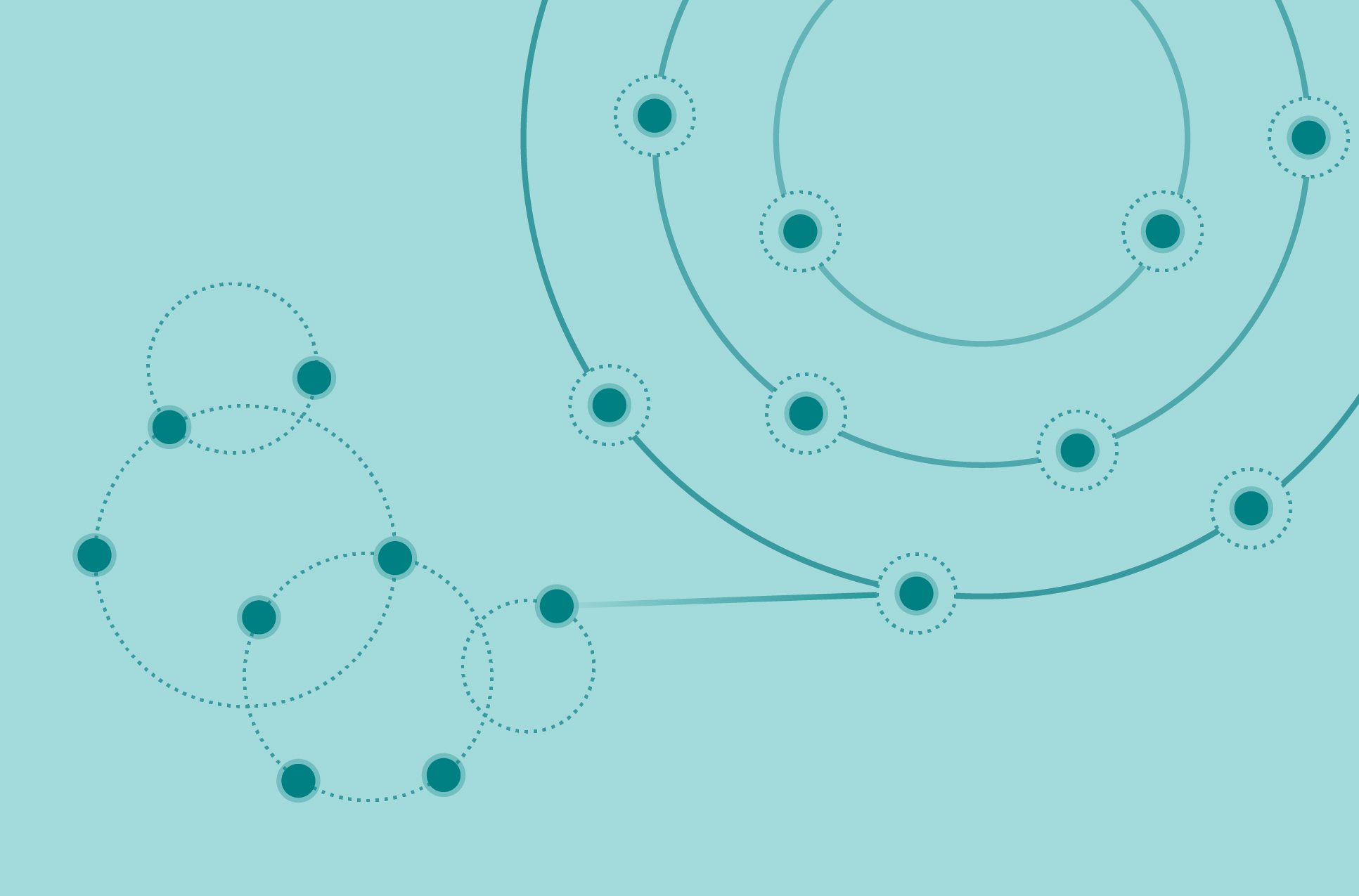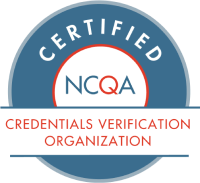Let’s get real for a second. Working in the healthcare industry is rewarding but can be frustrating at times. Providers and patients alike look to healthcare organizations to offer easy-to-use, modern solutions that make their experience as seamless as possible. Yet the healthcare industry as a whole is playing catchup on back-end innovations that can make our own processes faster, remove friction, and create a better experience for all.
Providers and patients alike look to healthcare organizations to offer easy-to-use, modern solutions that make their experience as seamless as possible; yet too often the industry itself is left to play catchup on back-end innovations that make our own processes easier.
Relying on antiquated systems can cause slowed-down workflows, inaccuracies, and inefficiencies, especially in the provider network development process. Antiquated systems create more work for teams, and their resulting inefficiencies may signal delays that can threaten the ability for a provider network to reach compliance requirements and key application milestones. The deficiencies of these outdated systems manifest in many areas of the healthcare organization, but they are felt especially hard in three areas: recruiting, contracting, and reporting.
In this piece we’ll discuss how modern tools can be implemented at the first signs of stress on a provider network, which can help healthcare organizations correct course in the recruiting, contracting, and reporting phases to get back on schedule to launch provider networks that are compliant, aligned, and marketable.
Is Your Recruiting Process on the Right Track?
One of the first steps in assembling the most effective provider network is recruiting the right providers specific to the market and type of plan you’re building. Unfortunately, even the most aligned network development teams can experience oversights in the recruiting process due to a lack of a unified way to track outreach. In these instances, the contact status of key providers in a network can be unclear or unreported, which can lead to misallocated resources spent chasing providers that have already been determined unfit for a network due to a number of factors including reimbursement agreements, or have been determined fit and are already on path to being contracted.
By implementing robust project management solutions, healthcare organizations are given vital visibility of all prospective providers within a network, enabling team members—sometimes from disparate and distanced teams—to see the entire network build from a high level and understand what steps need to be taken to reach key deadlines in the provider network development process. Managing workflows and monitoring outreach efforts can work to rid a process of redundancies which can bog down the network development strategy.
Modern recruiting management solutions can also give managers and executives in the provider network build early warning if the project is on track to meet key deadlines, and can adjust a plan accordingly by bringing in trusted partners with specific market knowledge to assist in the build.
Combatting an Ineffective Contracting Process
If there’s one point in the provider network development process that’s ripe for inefficiencies it’s the contracting phase. Red lines can emerge at multiple points in the process, from putting contracts out to providers, to negotiating reimbursement rates, to tracking which providers have signed onto the network and what that means for the network’s overall compliance status. At any point, miscommunications and a lack of clear process can create an ineffective strategy, which can become a mountain to overcome if not addressed early on.
Frankly, the old methods of managing contracts are starkly antiquated compared to new project management systems. In the past, the contracting phase required huge amounts of burdensome paperwork that needed to be tracked, monitored, and stored as part of a provider network launch. These administrative yokes hung heavy around provider network development teams, and worked to weigh down an entire project. By implementing modern processes, healthcare organizations are better able to streamline negotiations and track the contract status of their entire provider network from one unified system, without needing to physically print out thousands of pages of contracts and coordinate physical or electronic signatures.
By having contracting statuses readily available to network development team members, not only can stakeholders be given a clear picture of the entire provider network status as it works towards compliance, but more robust stores of data can be made readily available to create a better directory by collecting and synthesizing acquired data.
Modernizing the Reporting Process to Get a Clear View of the Finish Line
While the reporting process of the provider network development cycle may be more in-house focused than the outreach necessary from the recruiting and contracting phases, it is just as critical to achieving compliance. What makes the reporting phase so crucial is the fact that it’s a major decision point in the network development process, during which a healthcare organization needs to make the call on whether it’s the right product to launch within a given market, and whether their network is able to launch successfully with the providers assembled.
The most important function of the reporting phase is knowledge—managers and stakeholders need a clear view of the provider network as it stands, and what final steps need to be taken to cross the finish line. Through the implementation of unified provider status tracking systems, healthcare organizations are able to get a high-level view of where the provider network stands as a whole in order to best determine its viability for both compliance, and success in the market. Through a unified system, stakeholders can monitor provider contract status, and even understand why a provider may have rejected a contract in the first place.
Gaining this in-depth provider knowledge and understanding the market allows stakeholders to make critical business decisions on the future of a provider network. These decision points can mean choosing to go forward with a launch plan, bringing in outside help with specific market knowledge, or deciding that it isn’t the right time to launch. Without having in-depth knowledge of the viability of the provider network in each market, the reporting process can make these decisions uninformed, and potentially costly.
Now is Not the Time to Panic
The recruiting, contracting, and reporting phases of the provider network development process require the coordination of team members and technology; and in that process there is a lot of room for error. But the important thing to remember is that there are tools available—like androsCompass*—to make the process run efficiently and effectively, and trusted partners like andros are here to help your network development strategy every step of the way. So don’t panic—start taking the proactive steps to building your best provider network today.



